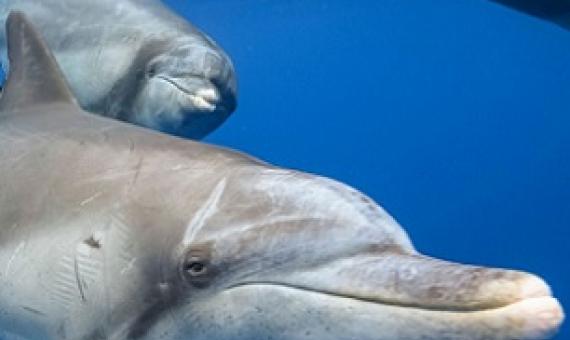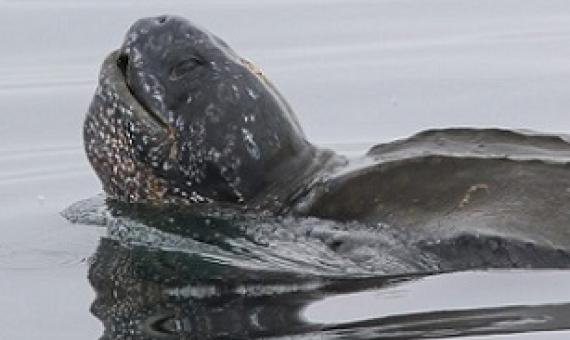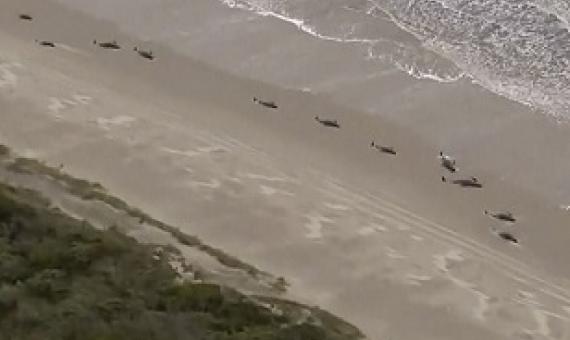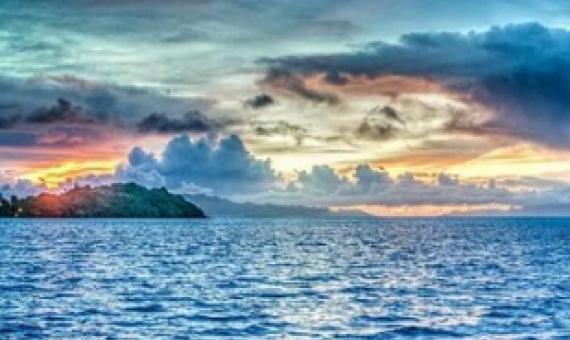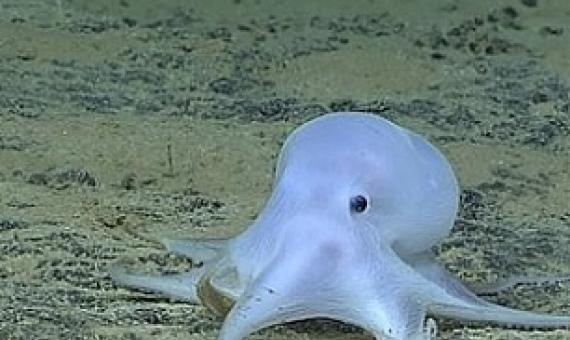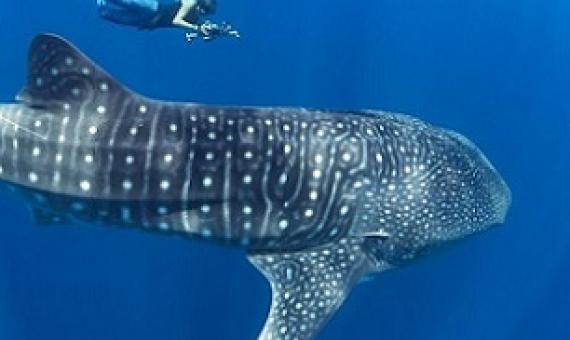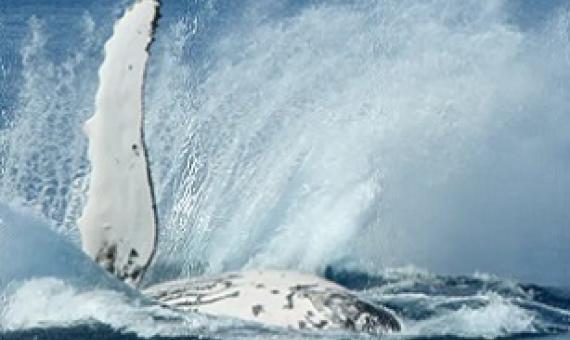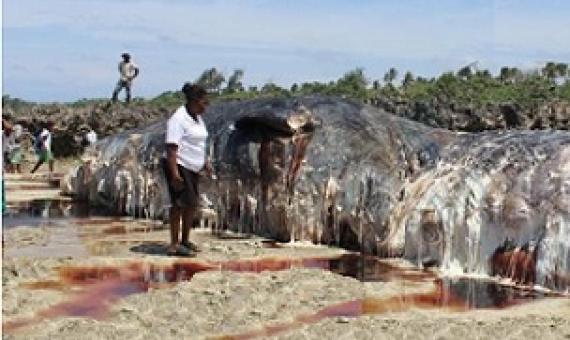Some marine mammals carry gene mutations that could make them more susceptible than humans to SARS-CoV-2, the coronavirus at the heart of the ongoing pandemic.
A plan to place the Pacific leatherback sea turtle on the California Endangered Species List was approved by the state’s Fish and Game Commission in mid-August.
Australian rescuers desperately working to save a pod of almost 300 beached pilot whales discovered hundreds more on Wednesday, bringing the estimated total to now nearly 500. Of those found, 380 have died, making this the largest mass stranding event ever recor
Senior representatives from eight Government Departments met in Port Vila yesterday for the first meeting of the Pacific-European Union Marine Partnership (PEUMP) programme-funded By-catch and Integrated Ecosystem Management (BIEM) Initiative Steering Committee.
As oceans warm due to climate change, scientists are trying to predict how marine animals—from backboned fish to spineless jellyfish—will react. Laboratory experiments indicate that many could theoretically tolerate temperatures far higher than what they encounter today.
As Te Ipukarea Society has argued before, along with many other voices, a moratorium on Deep Seabed Mining empowers the Pacific and builds the capacity of island nations to protect coastal waters and conserve the vital biodiversity of the deep ocean systems.
For the first time in history, a group of scientists documented the complete journey of a whale shark from Galapagos Island in Ecuador to Cocos Island in Costa Rica, highlighting the need for cutting-edge solutions to protect highly migratory species in the Eastern Tropical Pacific.
In an effort to determine what organisms live in the Palau National Marine Sanctuary (PNMS), the Palau International Coral Reef Center (PICRC) will be using new technology called Environmental DNA (eDNA), according to the PNMS update published the beginning of this month. The approach, which
Three people were injured last month in separate humpback whale encounters off the Western Australia coast. The incidents happened during snorkelling tours on Ningaloo Reef when swimmers came too close to a mother and her calf.
A 17-meter-long and 3-meter-wide adult sperm whale was spotted on Eton Beach last week, its carcass beached, leaving the Chief of the community claiming its remains.

